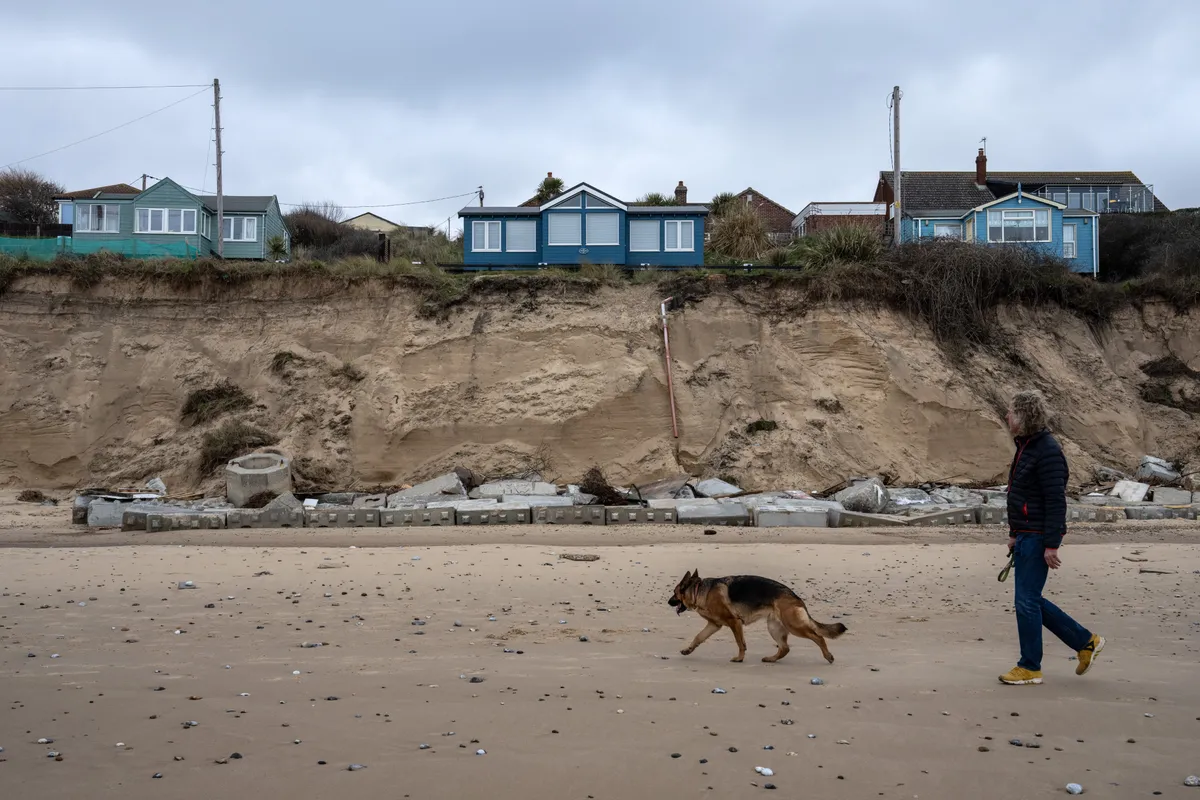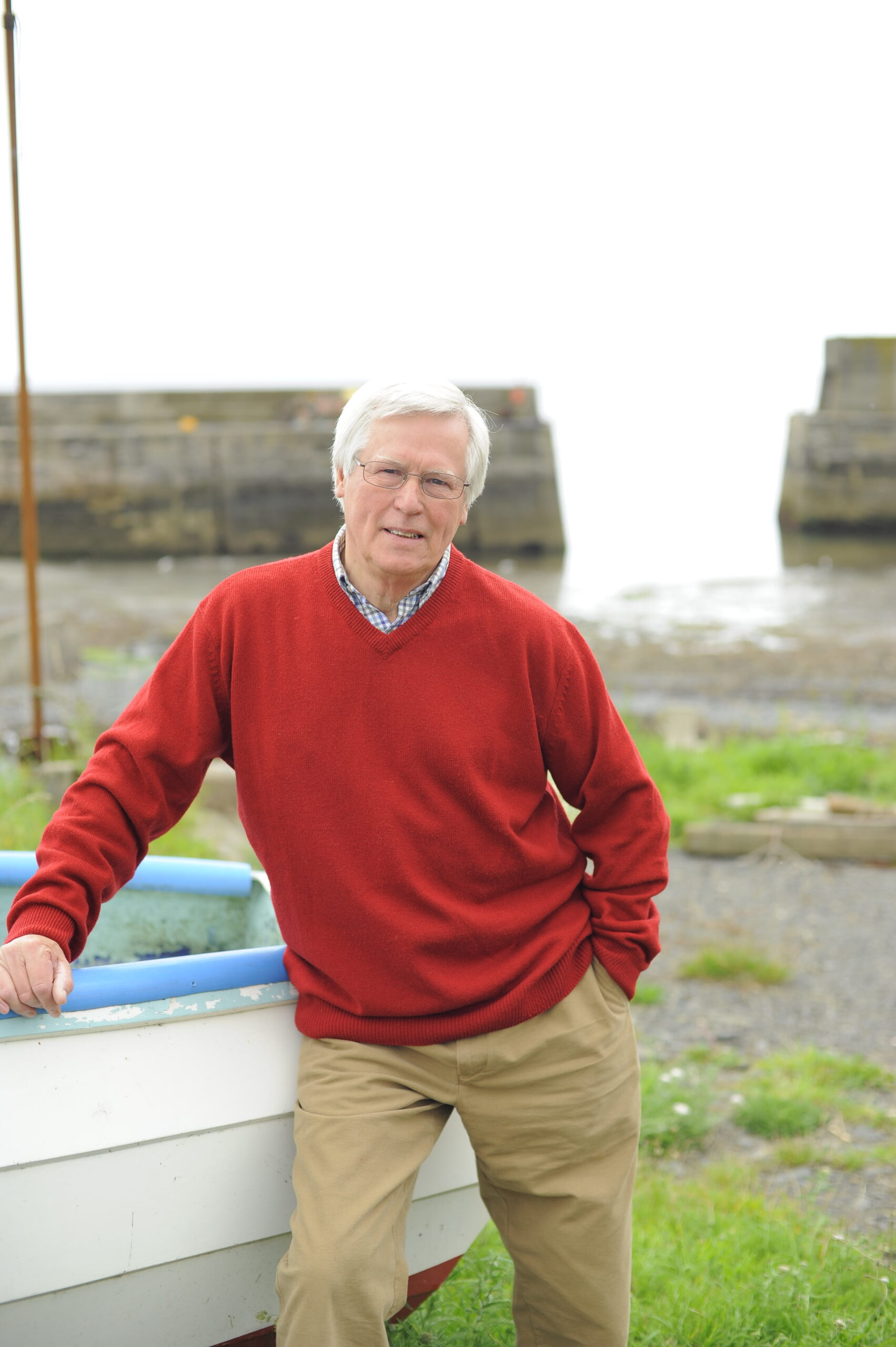A few weeks ago, I was standing on a Norfolk cliff where the sea had recently devoured part of the aptly named Beach Road. A barrier and a ‘Road Closed’ sign warned me to go no further. A few days later, these went as well – sent tumbling down towards the waves as another few metres of land were lost to the force of nature.
It’s happening in the charming village of Happisburgh (pronounced Haze-burh) where the pace of erosion, hastened by climate change, is frightening and nothing is being done to stop it. The North Sea takes no prisoners as it pounds into the soft cliffs of Norfolk and Yorkshire; Holderness, north of the Humber Estuary, is Europe’s fastest eroding coastline.
The Government has allocated a record £5.2 billion over the next six years to better protect areas at risk from flooding and erosion, on top of £2.6 billion already spent. But the money is going to schemes that are technically, economically and environmentally viable, usually in places with large populations; places like Happisburgh, with not enough homes to justify the cost, miss out.
Centuries ago, the village was some distance from the sea. Now it’s on the very edge and its most exposed areas are in danger of joining the many east coast towns and villages that have disappeared beneath the waves. During the past 20 years, 34 cliff-top houses in Happisburgh have been swallowed up as the sea advanced by 75 metres; it is predicted that another 100 metres will be eaten away in the next 20 years.
Nurse Nicola Bayliss knows her home will be one of the first to go. When she moved in 20 years ago, she was told it would be safe for 150 years. “Now the estimate is 15 years but I don’t think it will be that long,” she told me. “We face losing everything.”
The village pub, the ancient church and even the famous red and white lighthouse, the only one privately operated in the UK, are getting dangerously close to the oncoming sea. And in March this year, erosion claimed three homes down the coast in the village of Hemsby.

On low-lying threatened shorelines, where the land is mostly farmed, “managed retreat” is the key phrase. No efforts are made to control the waves, so the unfettered tides then create large salt marshes that act as a buffer zone, supporting many species of wildlife while helping absorb the impact of storm surges.
In vulnerable communities such as Happisburgh, with homes that are worthless because “active intervention” has been ruled out, no compensation is being offered. But along the sand-and-clay cliffs of Norfolk and Yorkshire – where the vast majority of the country’s properties at risk from erosion are to be found – there is another key phrase: “managed realignment”. A special £36m fund has been set up help those affected “adapt” and move to safer places.
With sea levels predicted to rise by up to a metre during the next 100 years, now is the time for a crucial national debate about the long-term future of our coastline. We can’t build a concrete wall around it, so what do we want to save and what should we abandon? Who should be involved in those decisions – and what price should we put, both economically and emotionally, on continuing to defend our nation against the all-powerful sea?

